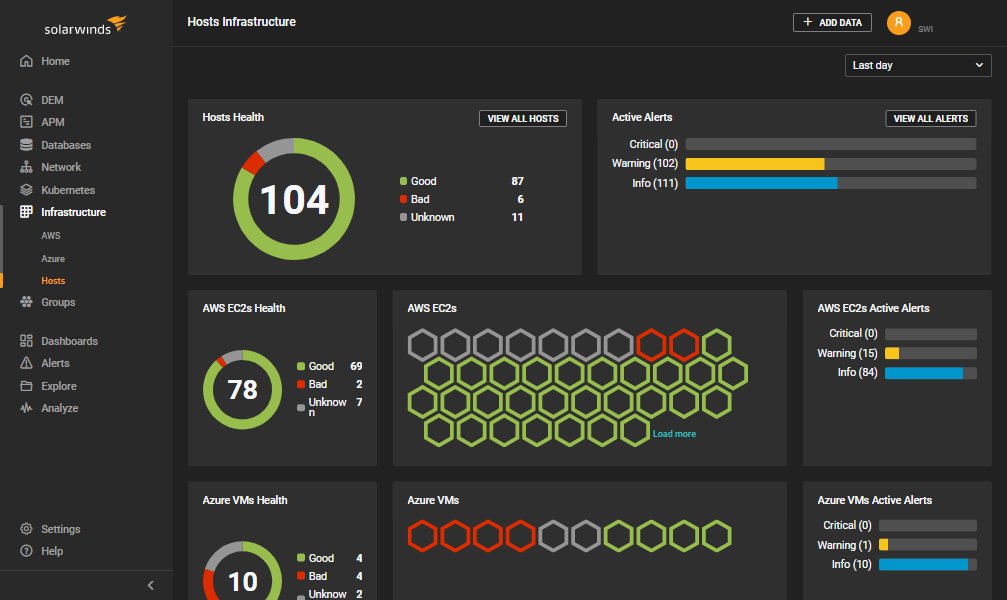Energy efficiency takes a leap forward with new top supercomputer


Sequoia is the name of the the fastest supercomputer in the world, as ranked by Top500. IBM built the BlueGene system and it’s installed at the US Department of Energy’s Lawrence Livermore National Laboratory.
Sequoia is capable of over 16 PFLOPS (quadrillion operations per second) compared to the 10.5 PFLOPS of the previous number one, which was the K Computer at the RIKEN Advanced Institute for Computational Science in Kobe, Japan.
With a new number one, we wanted to see how things have developed over the last couple of decades. We grabbed the specifications for the number one supercomputer from the Top500 website, going back to June 1993, and here’s what we found.






 Can you imagine, that among the top 100 ecommerce websites in the world, there’s one site that is over 2.5 MB in total size, and another that takes almost 7 seconds to load?
Can you imagine, that among the top 100 ecommerce websites in the world, there’s one site that is over 2.5 MB in total size, and another that takes almost 7 seconds to load?


 We honestly never thought this day would come, when we would put a photo of Justin Bieber on our Royal Pingdom blog.
We honestly never thought this day would come, when we would put a photo of Justin Bieber on our Royal Pingdom blog. Today, we’ll spend just a few minutes introducing you to Yosh Marklund, who just joined the Pingdom team as Systems Engineer. He’ll be a part of the team that makes sure that Pingdom’s infrastructure is always up and running, including maintenance of computers and networking equipment, upgrades, and much more.
Today, we’ll spend just a few minutes introducing you to Yosh Marklund, who just joined the Pingdom team as Systems Engineer. He’ll be a part of the team that makes sure that Pingdom’s infrastructure is always up and running, including maintenance of computers and networking equipment, upgrades, and much more. Wikipedia
Wikipedia When Apple kicked off its annual
When Apple kicked off its annual 



 Today, we want to highlight that it was 10 years ago, on June 5 in 2002, that version 1.0 of the open source Mozilla web browser suite was
Today, we want to highlight that it was 10 years ago, on June 5 in 2002, that version 1.0 of the open source Mozilla web browser suite was 
 The United States may be
The United States may be 






















